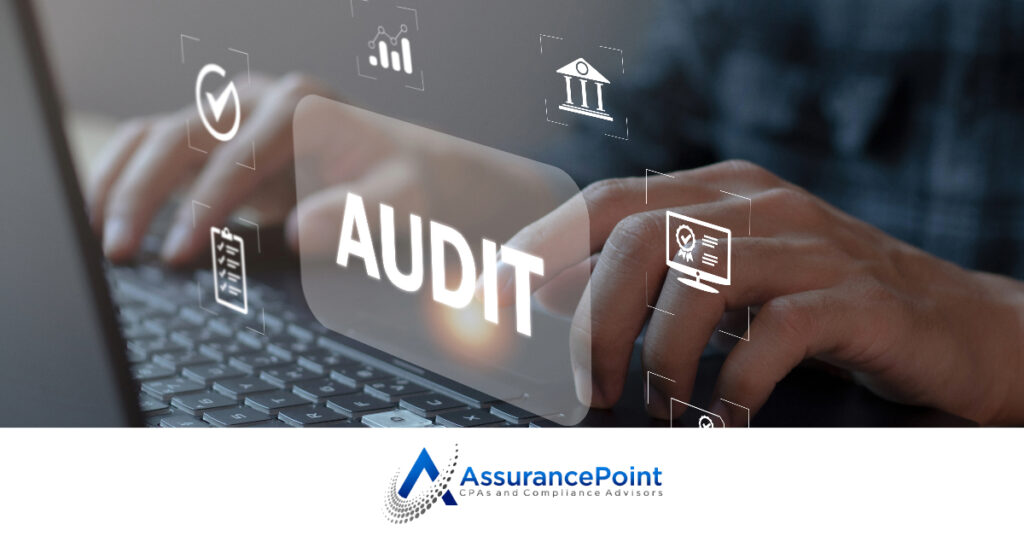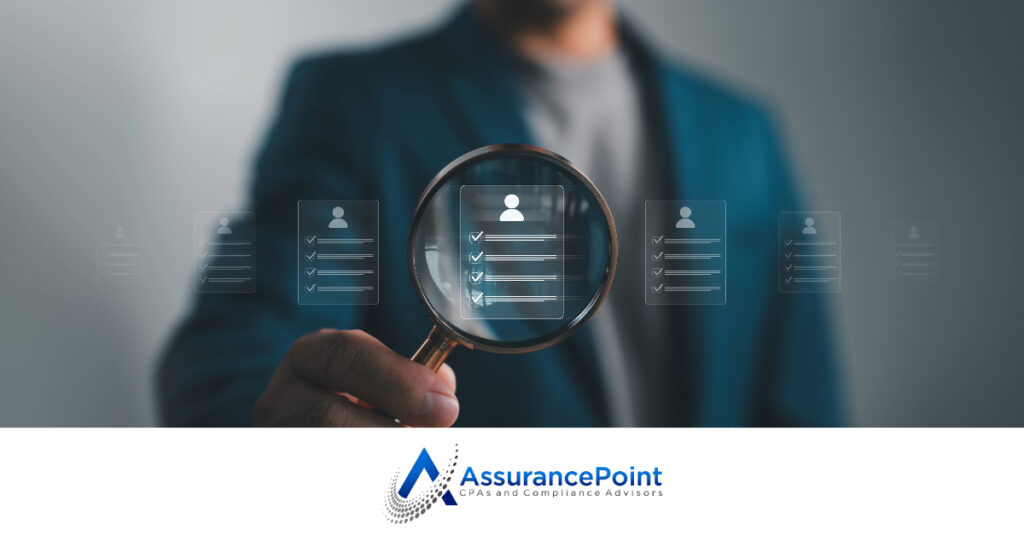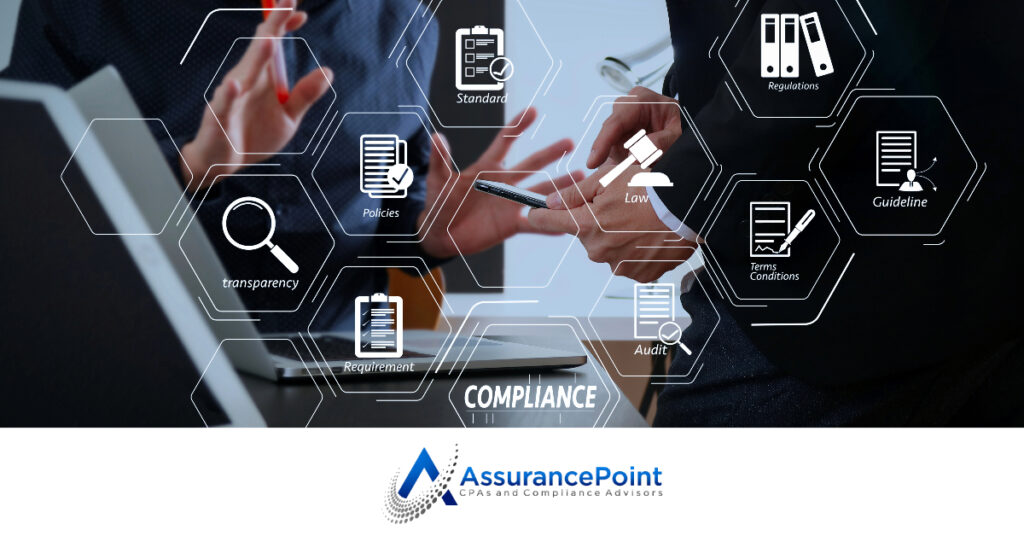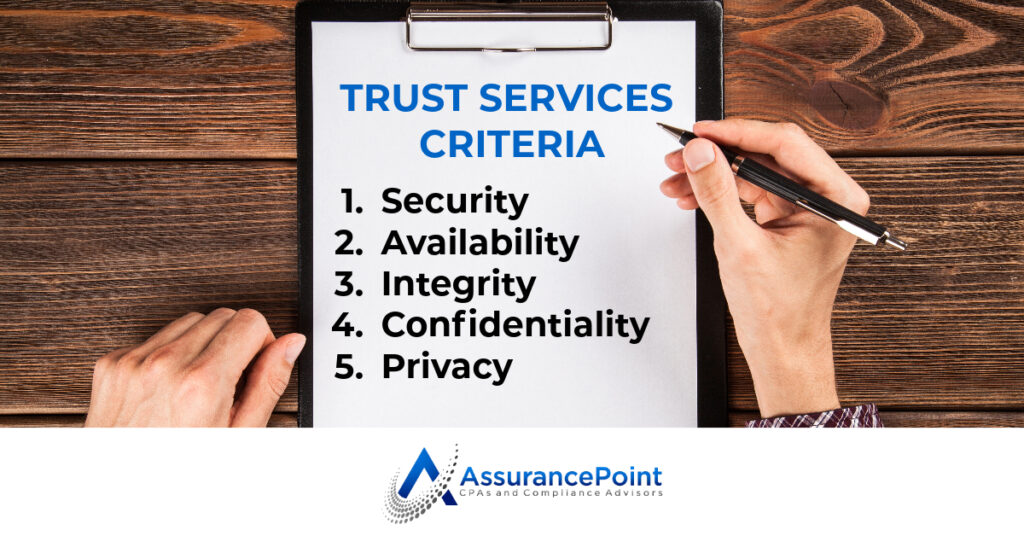With the growing number of cyberattacks and malicious activities targeting organizations of all sizes, it has become essential for businesses to implement robust security measures to protect their sensitive data and maintain their reputation. However, one often overlooked component in any security program is the monitoring activities that the company employs to evaluate the program’s effectiveness continuously.
Deploying security controls is not a one-time exercise. A security program is only effective if it is continuously updated, relevant, and aligned with the business’s objectives. Formal monitoring procedures are crucial to maintaining effective security and internal controls, ensuring business management has the information necessary to make informed decisions.
Let’s review the basics of monitoring activities and how they are necessary for a security program’s effectiveness.
Automated Tools For Monitoring Procedures
Monitoring procedures are generally required by most security and internal control frameworks, such as SOC 2 or ISO 27001, and can take a variety of forms. A mix of automated and manual controls is generally a good idea. There are many tools on the market designed to automate certain monitoring functions. Governance, risk, and compliance (GRC) platforms can serve as a risk and control register and can monitor the operation of certain controls. These tools are particularly helpful with smaller organizations with less complexity and who may not have internal expertise. More technical software such as security information and event monitoring (SIEM) platforms and automated vulnerability scanning tools are useful to notify appropriate personnel of anomalous activity in your technical infrastructure or of common vulnerabilities present in your network or application. Even modern project management and ticketing solutions are a great way to automate the tracking of tasks and enforce accountabilities. Automated monitoring activities are often built into the ongoing operations of the business and can be great barometers of real-time data.
Manual Monitoring Activities
Despite the many benefits of automating monitoring activities, relying solely on them is not recommended. Manual monitoring activities are often more critical than their automated counterparts. By leveraging manual activities to interpret data compiled from tools and evaluate controls’ appropriateness as the business changes, organizations can identify inefficiencies and opportunities for improvement.
Activities such as regular internal audits, risk assessments, and standardized reporting to executives are best-practice monitoring procedures. Such practices allow executives and stakeholders to make informed decisions about the value the security program brings to the business and take action on perceived risks.
Manual monitoring activities should be built into the governance structure of the security program. Such as the establishment of a Security Steering Committee that meets quarterly to establish objectives, assess KPIs, evaluate risks, assess program metrics, compile data from tools for analysis, etc.
Risk assessment activities should be a manual exercise. While applications can be leveraged to manage and compile risk data, only a human can identify, assess, and determine appropriate mitigation strategies for your specific business.
Over-reliance on automation in this area often leads to inefficiencies in security program design or, more importantly, unidentified risk factors that may have been obvious to company personnel. Monitoring your risk profile and managing pertinent risks is critical to internal control.
Proactive Monitoring for Maximum Results
Implementing explicit monitoring protocols for security and compliance programs is essential to maximize the program’s effectiveness. Effective monitoring activities should provide security and executive management with sufficient information to make educated decisions about where to deploy resources to maximize the program’s value. Organizations should use a mix of automated and manual activities built into both daily operations as well as intentional regular assessments. Well-designed monitoring activities are a key indicator of a well-designed security and compliance program.
Want more content like this? Follow us on LinkedIn or hit the button below to speak with an expert!
Written By:

Dale Crump
Dale Crump is the Founder and Managing Partner of Assurance Point, LLC. Dale oversees a variety of attestation and advisory engagements within the information security, privacy, risk management, and compliance sectors.
He has broad experience across an array of internal control and risk management frameworks and specializes in SOC reporting, having contributed to the issuance of over a thousand high-quality reports in his career.
Dale is a licensed CPA, and holds additional certifications including the CISSP, CISA, CIPP/US, CCSK, ISO 27001 Lead Auditor, and the Advanced SOC for Service Organizations credential. Dale is an active member of the AICPA, Georgia Society of CPAS, ISACA, and the IAPP, among others. In his spare time Dale is an avid outdoors enthusiast, Atlanta sports fan, and enjoys spending time with his two kids.









